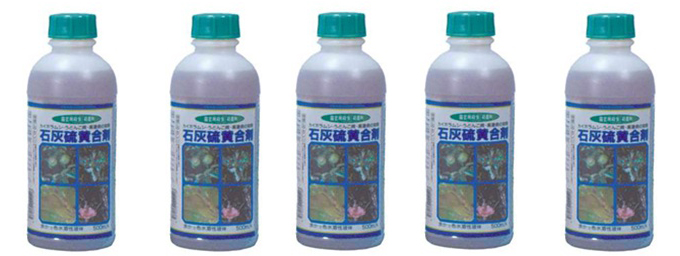 How many bottles of lime sulfur were used on this monster? I find this tree to be compelling in so many ways (much has to do with shear size, power & no small amount of detail). Still, is the foliage a little too manicured and the deadwood overwrought? I’m sure there are some purists out there who might say something like that, and there’s some sense to these observations, especially if you feel that bonsai should look like trees in nature. But still… why sweat the small stuff when you’re looking at one of the more imposingly powerful bonsai you’ve ever seen (can you imagine what it looks like in real time and space?). I found the photo on the Internet Bonsai Club. It was taken by Ed van der Reek at the Noelanders’ Trophy 2012. I don’t know who the tree belongs to.
How many bottles of lime sulfur were used on this monster? I find this tree to be compelling in so many ways (much has to do with shear size, power & no small amount of detail). Still, is the foliage a little too manicured and the deadwood overwrought? I’m sure there are some purists out there who might say something like that, and there’s some sense to these observations, especially if you feel that bonsai should look like trees in nature. But still… why sweat the small stuff when you’re looking at one of the more imposingly powerful bonsai you’ve ever seen (can you imagine what it looks like in real time and space?). I found the photo on the Internet Bonsai Club. It was taken by Ed van der Reek at the Noelanders’ Trophy 2012. I don’t know who the tree belongs to.
The good news
It looks like lime sulfur is back (turns out, it was never really gone). Rather than me confuse the issue more than I already have, here’s the latest from Colin Lewis (Jin Seal lime sulfur is one of his Hô Yoku Bonsai Care Products):
“Lime sulfur must now be registered by each manufacturer individually in every state, not just one national blanket registration, and the fees are not cheap. It simply is not cost effective for manufacturers to do this. You may have a manufacturer in your state who has registered in your state, but I doubt they have registered in all fifty. If they haven’t, and they ship out of state, they’re breaking the law.
However, I have now reached an arrangement with the largest manufacturer that enables me to legally purchase stock and resume wholesale supplies of JinSeal.”

I’m pretty sure that tree is fake. See http://nikart-gb.blogspot.com/2012/01/noelanders-trophy-xiii-various.html
Also Walter Pall mentioned a plastic tree in one of his blogs, but didn’t go much beyond that.
Wayne:
You do realize that the juniper bonsai you are showing is ALL CLAY, A FAKE, but well done and amazing. I met the artist who said it takes about three months work and he can duplicate any bonsai from a photo.
Bill
I think maybe it’s just the use of the flash that makes this behemouth look a bit lurid. I imagine the outdoors in it’s natural habitat it looks more beautiful. It is pretty ultimo.
No..it’s all clay, as Bill stated: http://www.cn-koi.com/index.php?_a=viewDoc&docId=12. Photographs are out there somewhere that shows the work in progress…
Yeah, the give away is the bark color/gloss is kind of a give away
Thanks Bill,
No. Fooled me. However, now that you mention it….
It fooled me for a few seconds standing two feet next to it.
It’s for sale. Cost as much as a real one. But it is an investment. And you don’t have to maintain it.
greetings
WP
http://walter-pall.de
Thanks Walter,
Yeah. Low maintenance for sure.
I’m delighted to know that it fooled such a trained eye up close and personal, if only for a few seconds. Now I feel a little less the fool (a lesser fool?).
Cheers
It is the ultimate Tanuki!! (apologies to any clay raccoons).
However, a take-home message could be that the jin you always wanted can be molded and situated exactly where you want it. I’m not advocating that, but I have seen real jins and dead roots relocated and even transplanted without detection.
Michael
Points well taken. The boundaries are unclear. One thing for sure though, it has to be alive to be considered a bonsai.
Yes this tree is an artificial tree, it first faked me too at the Noelanders Trophy. For everyone wondering who is the artist of this tree, it’s Paul Finch.
Greets,
Youri
Thanks Youri,
As artificial bonsai go, it’s a masterpiece. Attesting to this is the fact that both you and Walter were fooled, at least for a moment.